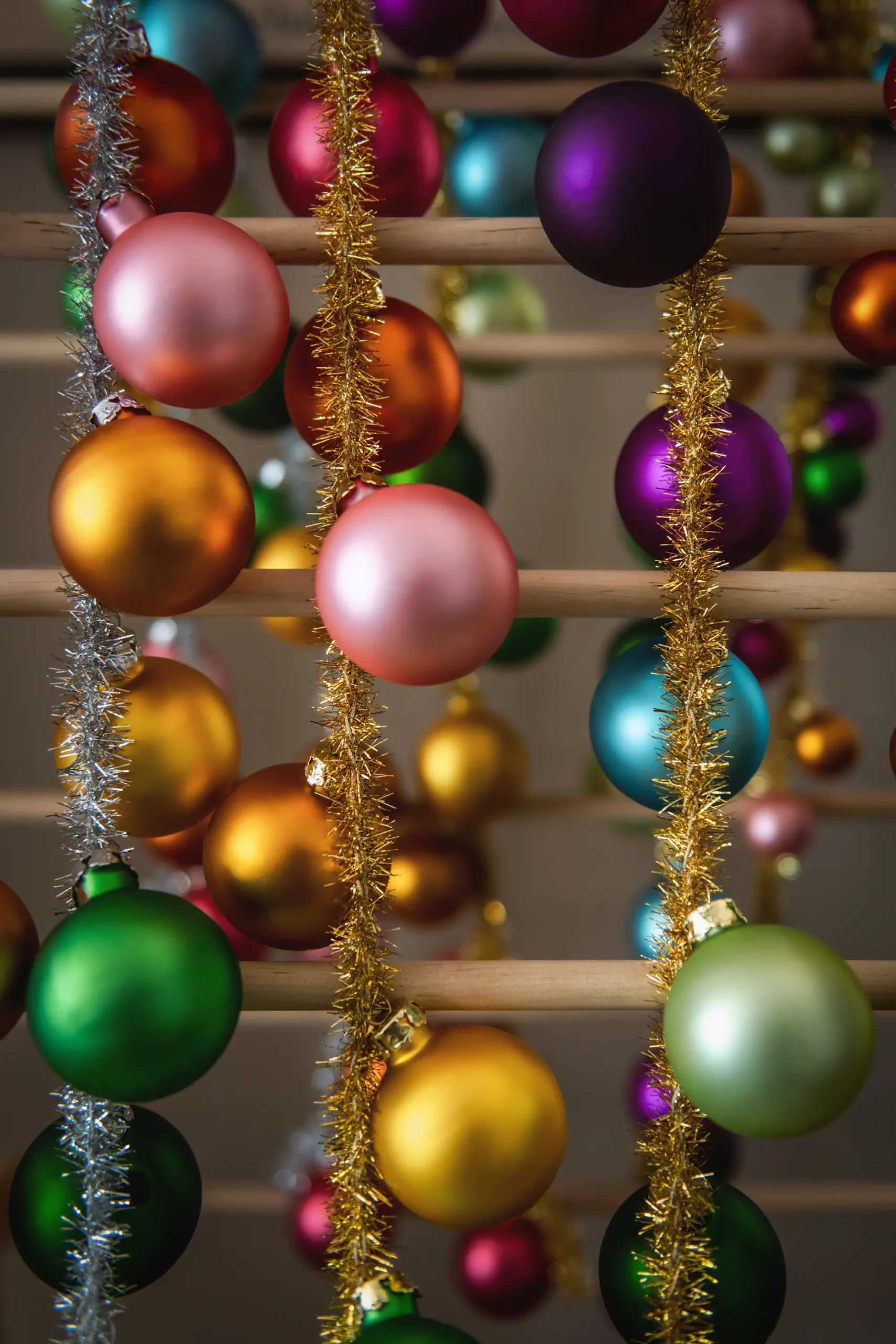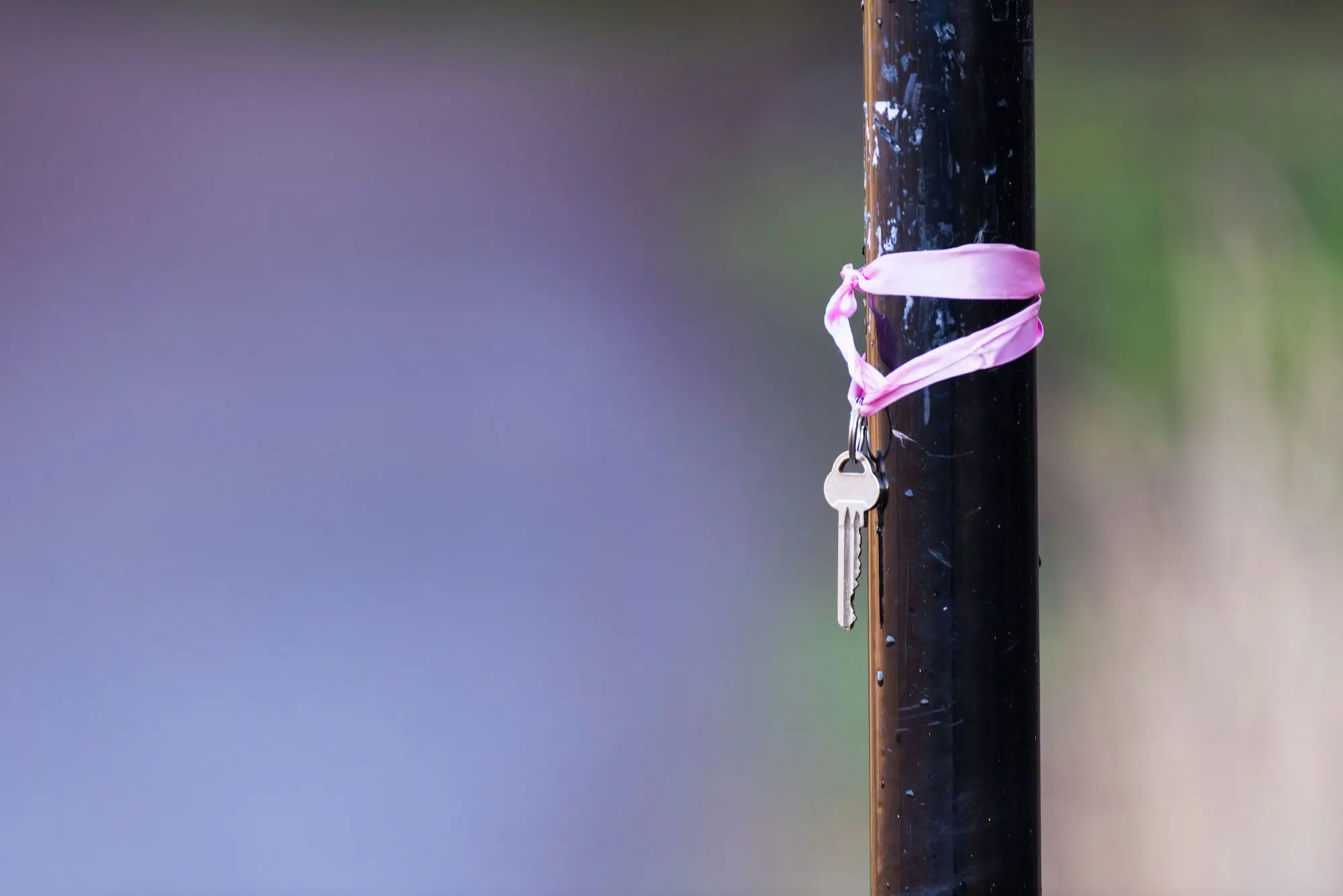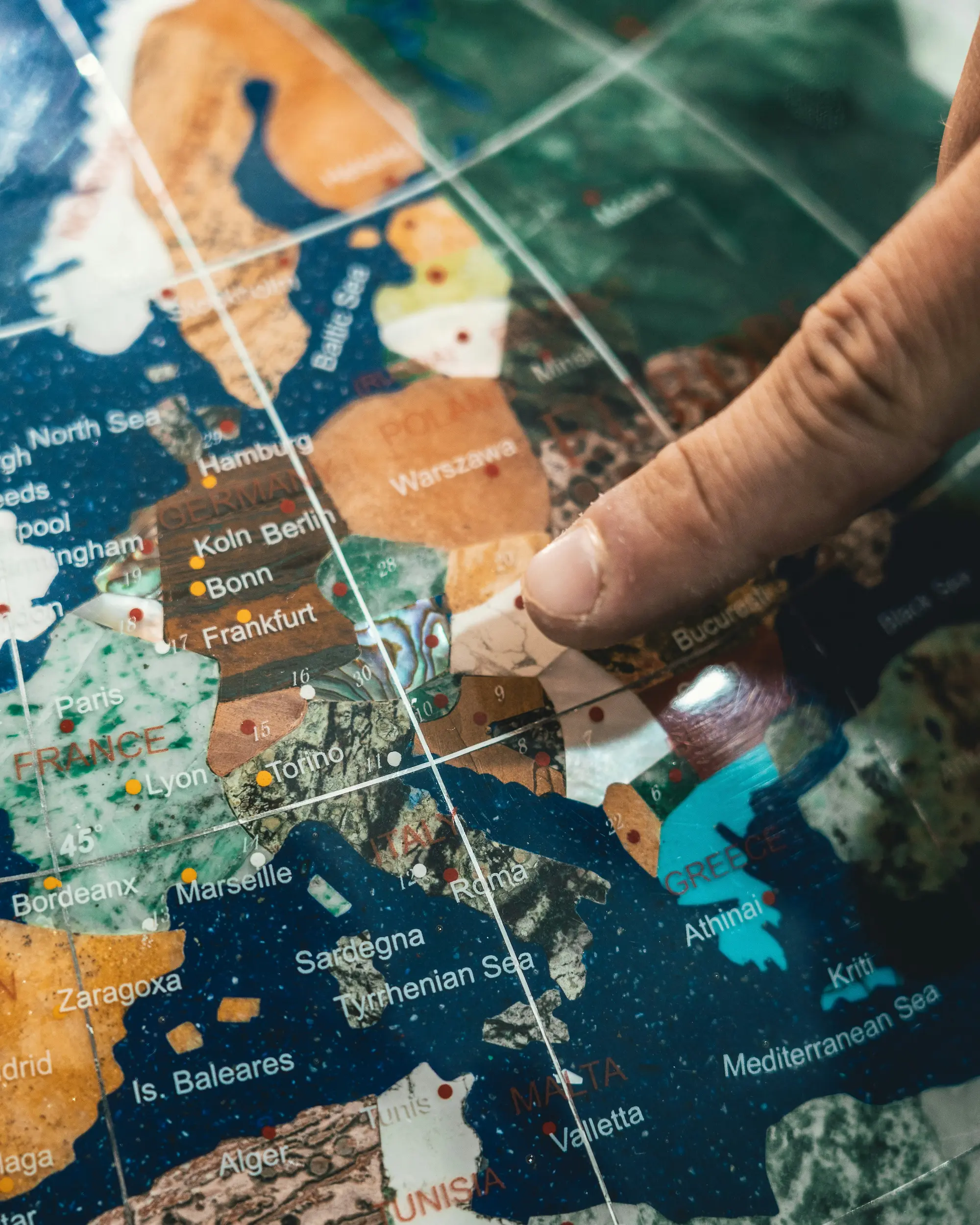The tradition of decorating Christmas trees traces its roots to 16th-century Germany, where edible treats like apples and gingerbread adorned the evergreens. Lauscha, a German town famed for glassblowing, became the birthplace of the modern Christmas ornament in the mid-19th century. Glassblowers created beautiful, shiny ornaments by blowing glass into molds shaped like fruits, nuts, and familiar objects.
Queen Victoria and Prince Albert’s Christmas tree with candles, sweets, and hand-blown glass ornaments popularized the tradition in Britain and the United States in the mid-19th century. The Victorian era witnessed a shift from simple, edible decorations to shapes like angels and stars, and color trends also changed from the natural palettes of the 16th century to the vibrant hues of golds, silvers, and rich jewel tones.
The 20th century brought about significant changes as Japan and Czechoslovakia contributed with intricate glass designs.
With the influence of Hollywood and advertising famous characters like Mickey Mouse found their way onto Christmas trees, marking a shift toward mass production and affordability. The use of electric lights gained popularity in the late 1920s, replacing the traditional practice of using candles due to safety concerns.
The end of the century marked a shift towards maximalism, bright colors, and patterned decor. Christmas trees started reflecting the materialistic fashion statements of the time.
Recent trends include maximalism, incorporating rich palettes, tied-on ribbons, and vintage finds. Grandmillenial style revives cherished Christmas tree decorations creating a sense of nostalgia in the present day.


